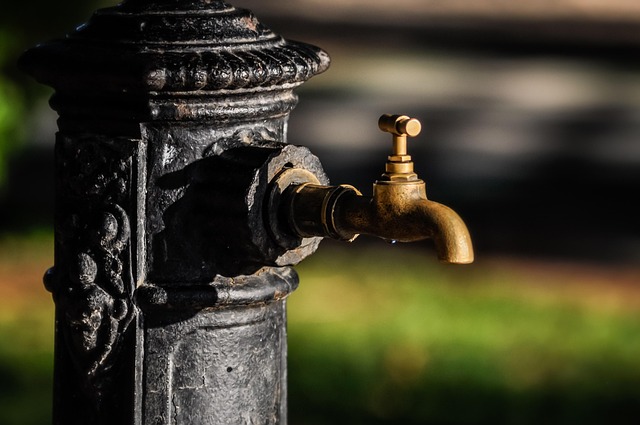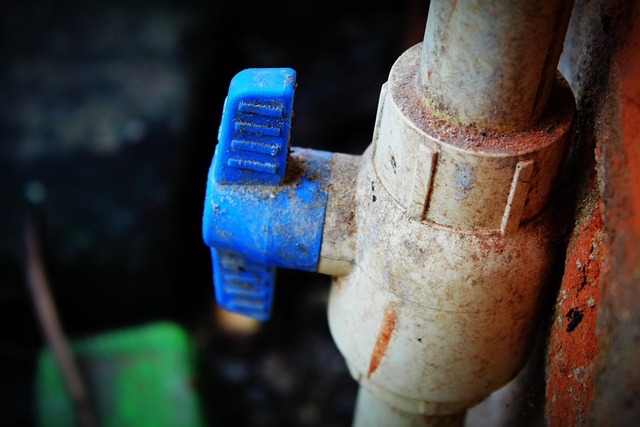Understanding and adhering to local plumbing codes is crucial for homeowners and contractors to ensure safety, health, and emergency prevention. These codes regulate pipe sizes, materials, water pressure, and waste disposal, preventing leaks, clogs, and damage. Compliance isn't just legal but also vital for mitigating risks from hazards like flooding and electrical shocks caused by water damage. To stay compliant, obtain necessary permits, use code-approved materials, confirm installation methods, install backflow prevention devices, and conduct regular pressure tests. Regular updates, record-keeping, and continuous learning are essential practices to maintain long-term adherence to plumbing codes and prevent costly emergencies related to non-compliance, ensuring peace of mind and the well-being of those in your care.
Before tackling any plumbing project, understanding and adhering to local plumbing codes is paramount. This comprehensive guide breaks down the essential steps to ensure compliance, focusing on emergency prevention as a top priority. From understanding key regulations to best practices for long-term adherence, you’ll learn how to navigate these requirements smoothly. By following these guidelines, you not only avoid potential legal issues but also contribute to safer living environments.
- Understanding Local Plumbing Codes: A Comprehensive Guide
- Importance of Compliance for Emergency Prevention
- Key Elements to Check for Code Adherence
- Best Practices for Maintaining Compliance Over Time
Understanding Local Plumbing Codes: A Comprehensive Guide

Understanding local plumbing codes is a comprehensive guide that every homeowner and contractor should familiarize themselves with. These codes are designed to ensure safety, health, and emergency prevention by regulating various aspects of plumbing installation and maintenance. They cover everything from pipe sizes and materials to water pressure requirements and waste disposal methods. Knowing and adhering to these regulations is not just about avoiding legal issues; it’s also crucial for preventing leaks, clogs, and other plumbing disasters that could cause significant damage to your property or even pose a safety risk.
By understanding local plumbing codes, you can ensure that your plumbing system is up to par with industry standards. This means installing proper fixtures, using the right materials, and following best practices for ventilation and drainage. Moreover, it helps in identifying potential hazards early on, allowing for prompt repairs or replacements before they turn into emergency situations. In the event of a plumbing issue, knowing these codes can guide you in navigating any necessary repairs or replacements, ensuring compliance while also mitigating risks to your home and family.
Importance of Compliance for Emergency Prevention

Compliance with local plumbing codes is not just a legal requirement; it’s a crucial step in ensuring emergency prevention within your home or business. These codes are designed to safeguard against potential hazards, such as leaks that could lead to flooding and electrical shocks from faulty wiring caused by water damage. By adhering to these regulations, you minimize the risk of accidents and the associated costs and disruptions.
In the event of an emergency, like a burst pipe or a gas leak, compliance with plumbing codes can significantly reduce the severity of the situation. Properly installed and maintained plumbing systems are better equipped to handle such events, limiting potential damage and providing more time for safe evacuation or professional intervention. This proactive approach to emergency prevention is invaluable, ensuring peace of mind and the well-being of those in your care.
Key Elements to Check for Code Adherence

To ensure compliance with local plumbing codes, several key elements require meticulous attention. First and foremost, check for proper permit acquisition, ensuring all necessary approvals are in place before initiating any plumbing work. This step is vital for avoiding legal issues and potential fines. Next, inspect the materials used—from pipes to fittings—to confirm they meet the specified standards and are suitable for local conditions, such as climate and water pressure.
Additionally, verify the installation methods adhere to code requirements, focusing on sealants, joints, and connections. Safe water supply and emergency prevention are paramount; ensure backflow prevention devices are correctly installed and maintained to safeguard against contaminated water. Regular testing of plumbing systems, including pressure and flow tests, is also crucial for identifying potential issues early on.
Best Practices for Maintaining Compliance Over Time

Staying compliant with local plumbing codes is an ongoing process that requires vigilance and proactive measures. To maintain compliance over time, it’s essential to implement best practices that go beyond simple adherence. Regularly review and update your understanding of relevant codes, ensuring you stay informed about any changes or new regulations. This proactive approach enables quick adaptation to evolving standards.
Implementing robust systems for record-keeping and documentation is vital. Maintain detailed records of all plumbing installations, repairs, and maintenance activities. These documents should include dates, methods used, and the materials employed, ensuring transparency and easy verification during inspections. Additionally, establishing a culture of continuous learning among your team can foster a deeper understanding of code requirements, promoting long-term compliance and minimizing the risk of costly emergencies related to non-compliance.






